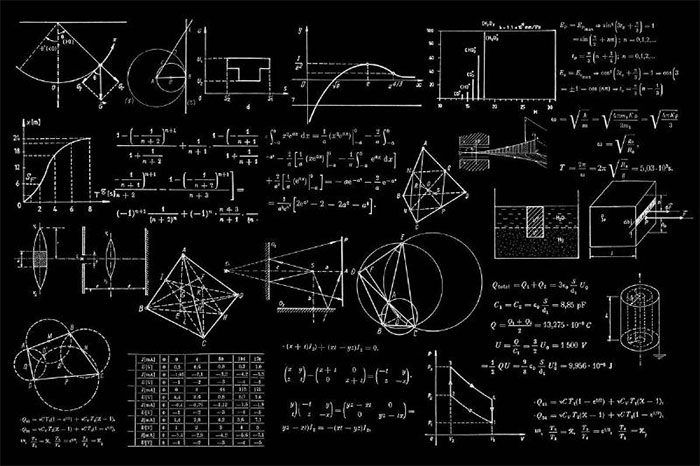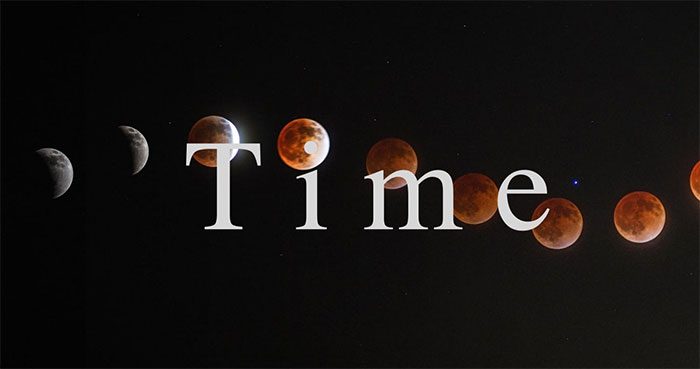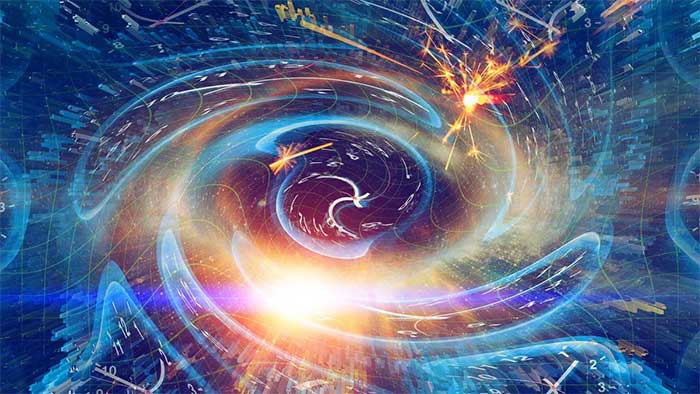Can the deceased continue to exist in the universe? This question may sound like a plot from a science fiction novel, but it is actually a serious scientific inquiry.
In physics, this question corresponds to a deeper inquiry: Do the past, present, and future truly exist? While many might think this idea is implausible since the past has already occurred and the future has not yet arrived, only the present is considered real. However, Einstein’s theory of relativity tells us that time and space are interrelated and their transformation depends on the observer’s speed.
According to relativity, time slows down relatively when we move quickly. This theory reveals the nature of the passage of time and also provokes our thoughts about the relationship between the past, present, and future.

Einstein’s theory of relativity tells us that time and space are interrelated. (Illustration: ZME).
Some scientists have proposed the concept of non-linear time, suggesting that the past, present, and future can appear in different orders to different observers. This perspective posits that time is not linear but resembles a series of snapshots of moments, each snapshot existing independently.
To visualize this, we can liken it to the experience of sitting in a movie theater watching a film. We assume that the frame currently being projected is the present; only this frame is real, so both the past and the future do not exist.
In reality, the entire film—the past, present, and future—is condensed within the film reel. It unfolds frame by frame, continuously perceived and recognized by our consciousness as the present. This means that both the past and the future are real; they are just perceived and experienced differently. To better understand this issue, let’s imagine each moment of the universe as a painting.

Both the past and future are real, just experienced differently. (Illustration: CNN).
From the Big Bang 13.8 billion years ago to the formation of the Milky Way, the entire history of the universe resembles a gigantic photo album, capturing the states of countless moments. Each photo represents the state of the universe at a specific point in time.
Therefore, we now need to contemplate a simple yet profound question: What is the present? We can understand the present as the moment we are experiencing, as well as the events occurring elsewhere in the universe. It consists of countless moments that combine to form what we perceive as the present.
One could say that the present is the picture of the universe at a specific moment. If we assume that space and time are absolute and that time passes at the same rate for everyone, we could define an absolute present. Under this assumption, the present is the same for every observer in the universe. No matter where you are in the universe—whether on Earth, on other planets in the Solar System, or in distant galaxies—the present you experience is the same.
However, Einstein disagreed. According to relativity, different observers in different reference frames will have different present moments. Although the speed of human movement on Earth is relatively low and the spatial distances are relatively short, we can assume that everyone on Earth is in the same “present.”
However, the situation changes if we consider the perspective of a person 10 billion light-years away from Earth. Suppose there is a person sleeping on Earth while an alien is also at rest 10 billion light-years away. In this case, their clocks would tick at the same rate, so their present is consistent.
If the alien begins to move toward Earth, their motion will cause time to pass more slowly for them. This means that their clock will no longer tick at the same frequency, and their present will no longer align with the present on Earth. Although the alien moves slowly and has a minimal impact on the rate of time, there will be a significant time difference when traversing the enormous distance of 10 billion light-years.

(Illustration: Zhihu)
This means that the “present” of the alien will lean slightly toward Earth’s past. In other words, the present that the alien contemplates actually corresponds to some point in the past on Earth. Thus, for the alien, our present is their future.
This suggests that for different observers, the future is real, while what we perceive as the past may seem to be occurring right now for them. Therefore, according to this theory, what we refer to as the past, present, and future all exist for different observers.
This implies that the deceased are still alive from the perspective of other observers, a very hard-to-believe concept, but it raises a series of profound philosophical questions about the nature of the world we live in. If the past, present, and future all exist simultaneously, are we living in a real world? Or are we living in a virtual world?


















































